Couple leechesKnown among other things as the pathogen of schistosomiasis (schistosomiasis), they are parasitic separate-sex flukes that go through a generation change via a specific freshwater snail. After copulation, the significantly thinner female remains in a specially designed belly fold of the male for life. It is not the adult worms that cause the disease, which feed on components of the blood in the venous system, but their eggs, which leave the bloodstream, infect organs and trigger immune reactions.
What are pair leeches?
Pair leeches (Schistosoma) belong to the genus of flukes with over 80 known species. It is the only species of segregated flukes. The much thinner female remains in the male's skin pocket for life after copulation.
The worms are mainly located in the venous blood vessel system of the intestine or the urinary bladder of their final hosts. They parasitically feed on blood components and reach a length of up to 20 millimeters. Depending on the species, the females produce 100 to 3,000 eggs per day, which leave the bloodstream and migrate to certain organs or are excreted in urine and stool.
Eyelash larvae develop from the excreted eggs and rely on a specific intermediate host for their further development. Mostly these are certain types of ramshorn snails. The larvae develop into the mother sporocyst in the intermediate host, which then forms a large number of daughter sporocysts. The sporocysts grow in the intestine of the snail to form fork-tailed ceria.
As soon as the excreted and freely swimming cercariae come into contact with their ultimate host, they penetrate through the skin and develop into adult worms. Depending on the species, humans and other mammals as well as water birds or crocodiles are possible final hosts.
Occurrence, Distribution & Properties
Schistosoma mansoni and Schistosoma haematobium are pathogens of schistosomiasis (schistosomiasis) and are the most important and best-known representatives of the pair of leeches, of which there are a total of five human pathogenic species. Schistosomiasis is particularly widespread in tropical Africa and almost all of the Nile Valley.
Schistosoma mansoni is dependent on a particular ramshorn snail for its generation change, which can be found mainly in stagnant and slowly flowing waters. Schistosoma haematobium, the second species of a pair of leeches with high human pathogenicity, also represents a high risk of infection for the population in some tropical regions of Africa. A certain type of Bulinus snail serves as an intermediate host.
Another pathogenic pair of leeches, Schistosoma japonicum, occurs in some regions of East Asia as a causative agent of intestinal bilharzia. In Europe and North America, there are only species that parasitize exclusively in ducks. However, any cercariae that may be present in contaminated bathing lakes also penetrate the skin of people. They die off afterwards, but can cause uncomfortably itchy bath dermatitis.
There is no direct risk of infection from person to person, as the eyelash larvae that arise from the eggs are absolutely dependent on their specific intermediate host for their further development and transformation. For this reason, the worldwide spread of individual types of schistosomes is not easily possible.
Illnesses & ailments
Schistosomiasis is mainly caused by the worms' eggs, some of which are excreted in the urine or stool. Another part initially remains in the body and can penetrate the liver, intestines or other organs. In rare cases, the central nervous system is also affected.
For example, the cercariae of Schistosoma haematobium first migrate into the lungs, where they trigger typical symptoms such as katayama fever two to 10 weeks after the cercariae penetrate the skin. It manifests itself as edema, fever, dry cough and other symptoms.
Depending on the type of pathogen causing schistosomiasis, the liver, bladder or intestine are mainly affected. When crossing tissue, the eggs cause inflammatory reactions in the immune system and set repair mechanisms in motion. They lead to the formation of fibrous granulomas. This means that functional organ tissue is partially replaced by connective tissue that can no longer take on organ-specific tasks.
When organs such as the liver or spleen are affected, fibrous structures form, and the blood pressure in the portal vein increases by up to 100 percent and the spleen is greatly enlarged.
The greatest risk of developing schistosomiasis is when bathing in waters that are contaminated with active cercariae. It is also the only way of infection to develop schistosomiasis or schistosomiasis.In many cases, the entry points where the larvae penetrated through the skin are visible. Often an itchy rash develops there, which can indicate the presence of cercariae.
The safest preventive measure is not to use waters that are known to be contaminated with cercariae for bathing purposes or swimming. If cercariae have penetrated the skin, the further development into adult pair leeches can hardly be stopped.
Drug therapy is only possible when pair leeches have developed from the cercariae and have established themselves in the venous vascular system. If left untreated, schistosomiasis can lead to serious health problems. Above all, the liver, spleen, lungs, bladder and intestine can suffer permanent damage from fibrous tissue changes, some of which are life-threatening.

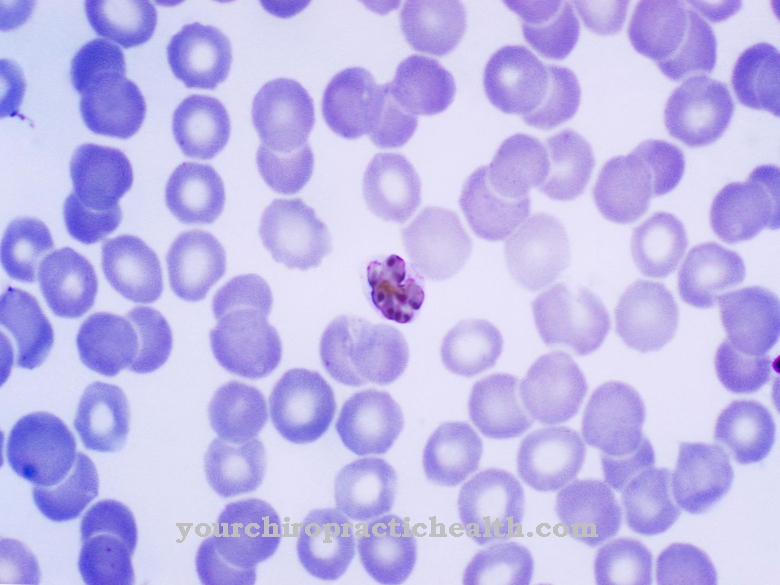

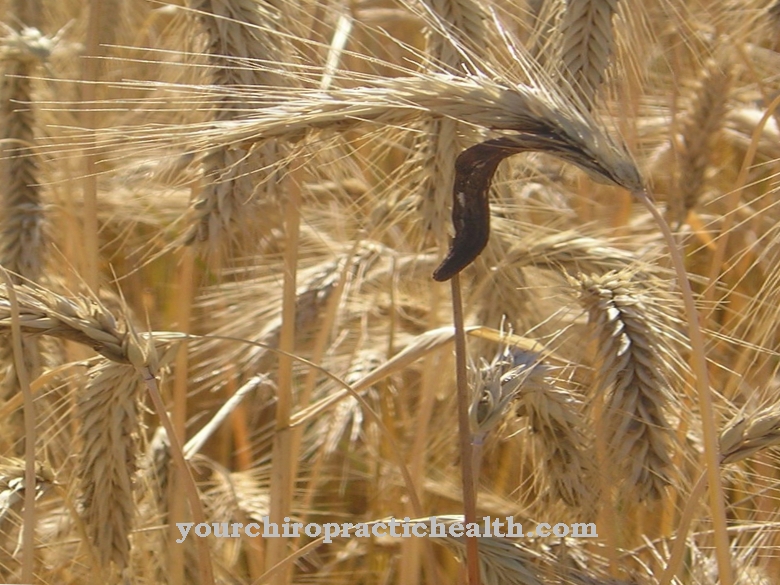
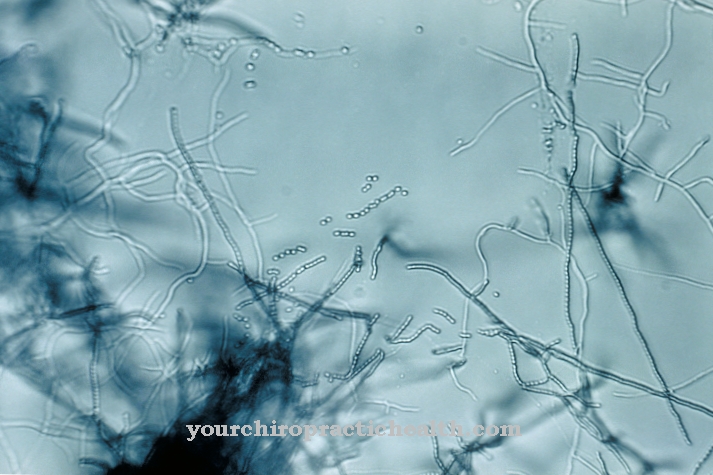
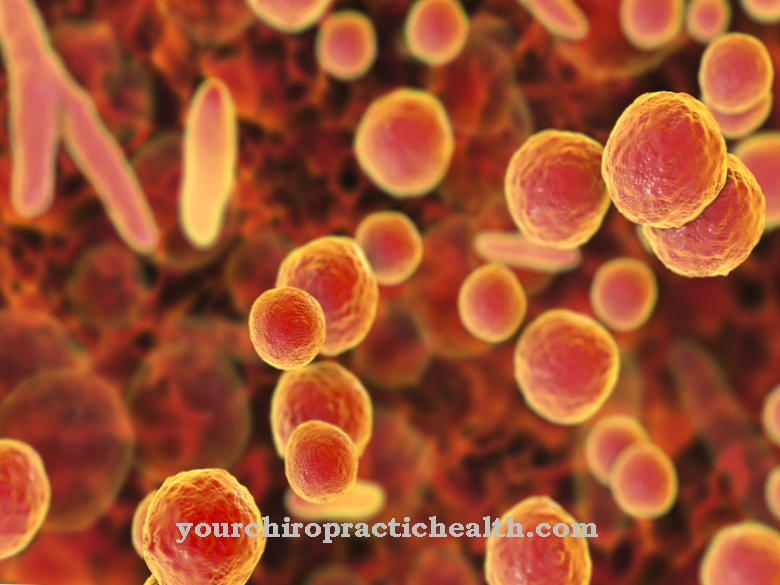
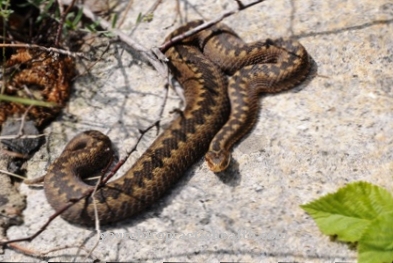





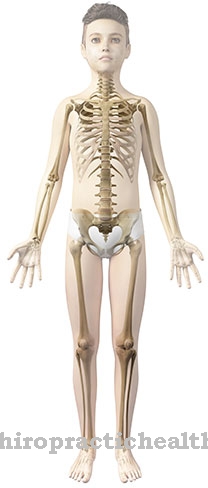



.jpg)


.jpg)

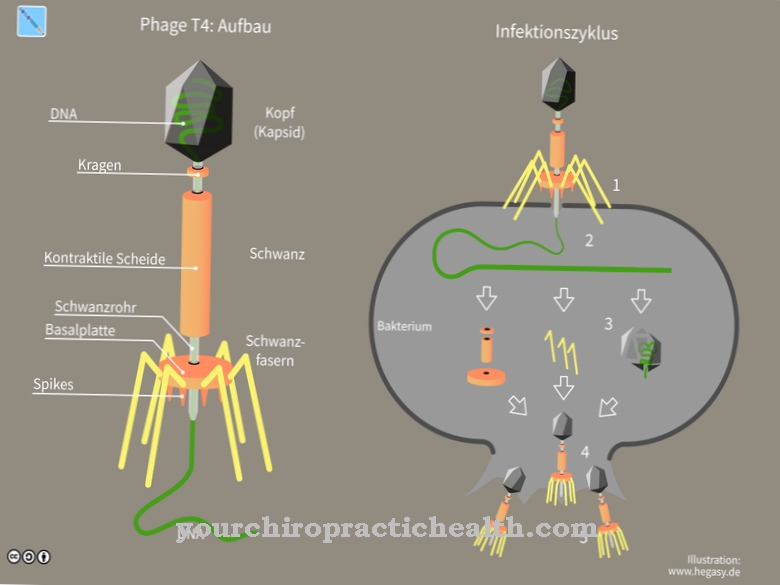




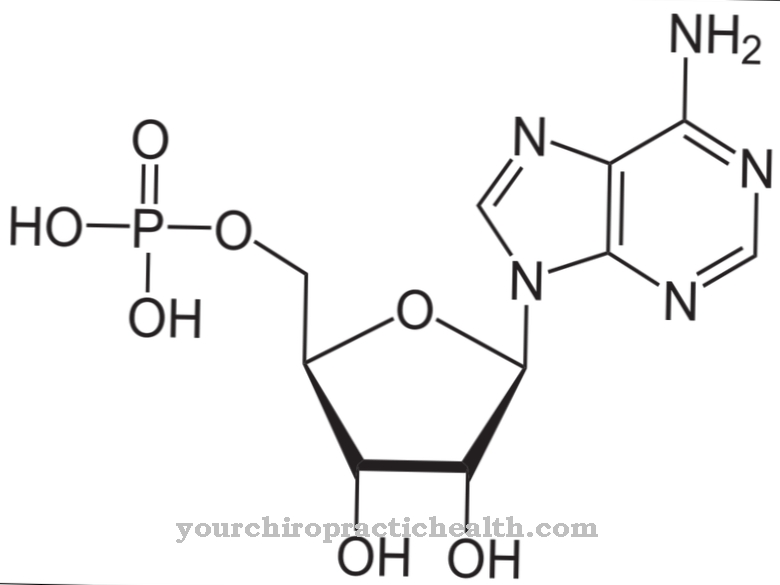
.jpg)
